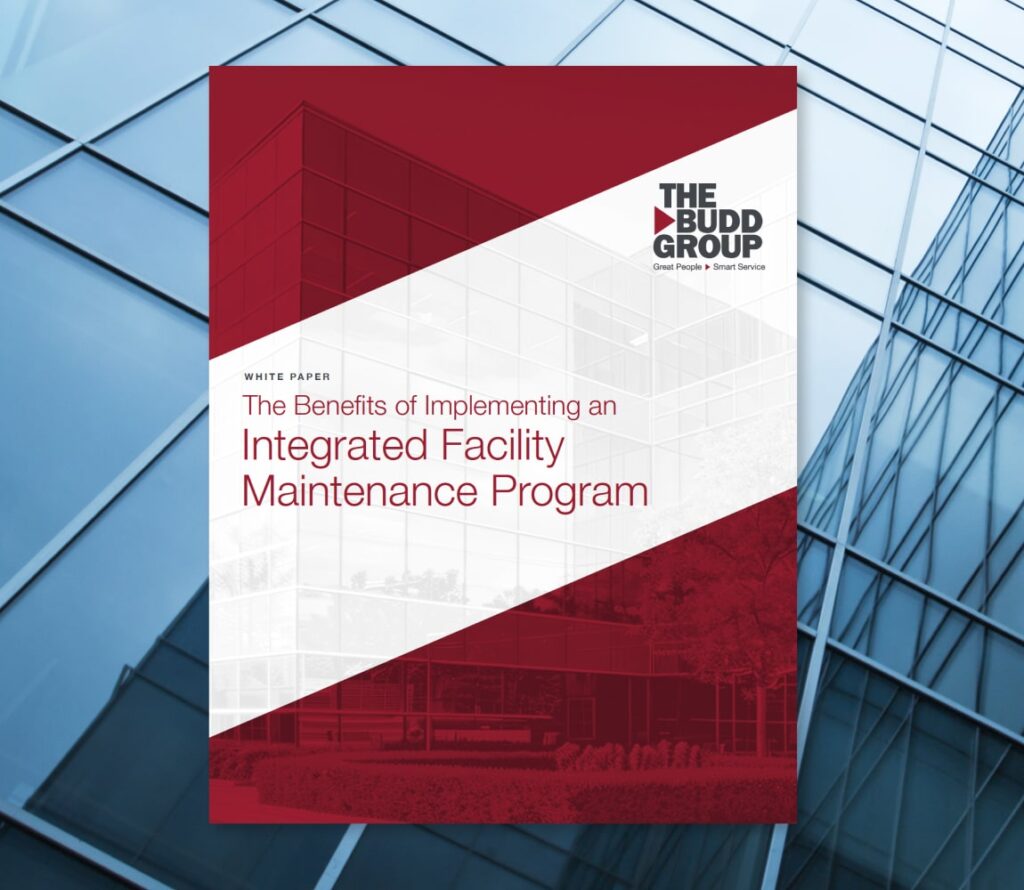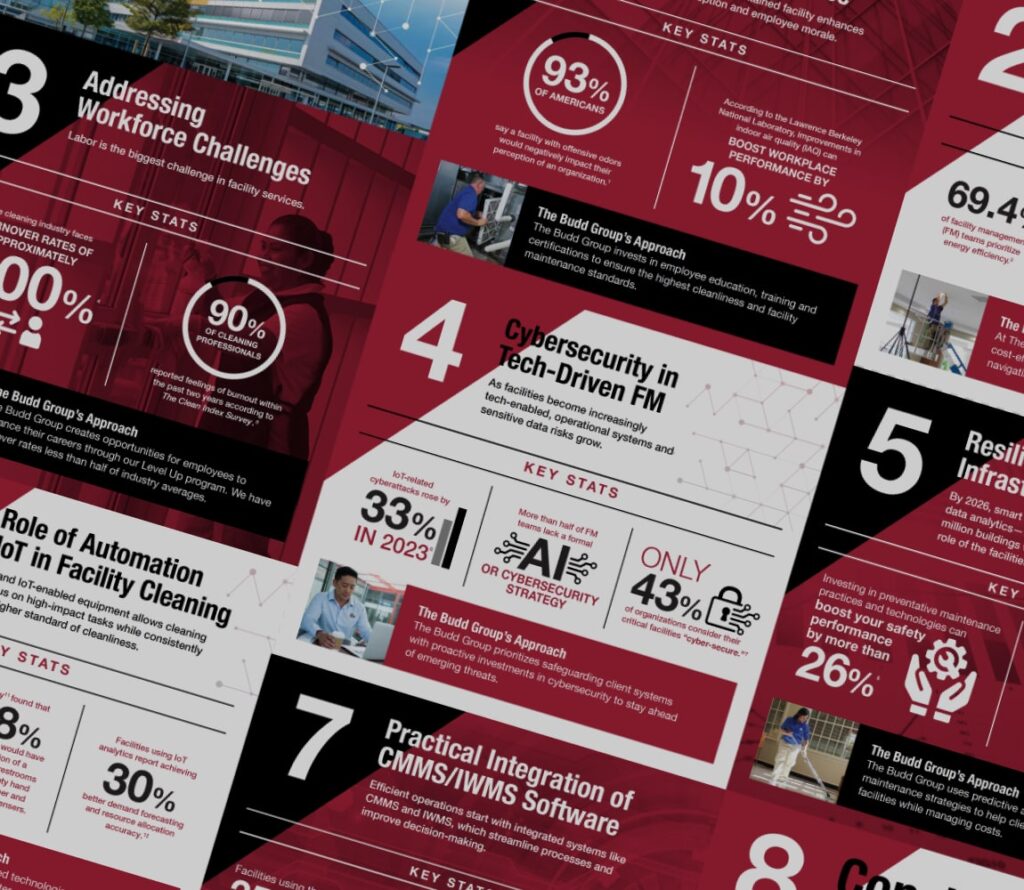COVID-19 (coronavirus 2019) has created such a stir around the world in large part because of its novel nature — simply put, medical experts and researchers still have much to learn about the disease, though new information is being discovered each day. Among the things we do know is that many people may become infected with COVID-19 without presenting any symptoms (asymptomatic transmission), contributing to its high rate of community spread.
Now, as various regions begin to reopen public places like parks, businesses, and schools (eventually), decision-makers must take various steps to minimize the possibility of infection between workers, customers, students, guests, etc., keeping in mind the possibility of asymptomatic transmission. Routine surveillance is among the key measures public facilities should take. Let’s explore what daily surveillance might look like for various facilities, and why it is critical to facilitating a safe and healthy reopening.
What Does Daily Surveillance Entail?
Surveillance refers to the careful monitoring of a specific individual, collection of individuals, event, location, and/or object. In the context of returning to work or school after COVID-19, daily surveillance entails any actions that keep tabs on the potential presence and spread of this infectious disease.
For instance, if possible, businesses might strengthen their security measures (i.e. cameras, locks, personnel) to ensure that not just anyone can enter the premises, as they might unknowingly carry the virus and spread it internally. Additionally, schools (with the help of local health officials) might offer regular testing to certain students and faculty to keep track of any possible cases within the institution. The Centers for Disease Control and Prevention (CDC) also recommend developing/implementing information-sharing systems in concert with local health officials to track any changes within an organization, such as absenteeism, suspected or confirmed cases, etc., to better respond to an outbreak.
Moreover, the CDC has created a simple yet helpful decision tree aimed at daily school surveillance regarding COVID-19 that can also apply to other community spaces and facilities. Let’s break down what this chart suggests.
Important Precautions all Public Facilities Should Take
All schools, businesses, and public places should first and foremost follow this course of action: if there has been a confirmed COVID-19 case within the building, an immediate risk assessment must be made to determine the optimal and safest response. This includes contacting local health officials, potentially dismissing workers, students, etc. for 2-5 days, allowing health officials to examine the situation, informing the community, investing in professional disinfecting services, and evaluating whether to extend the dismissal as new information arises.
If There is No Community Spread
At this point, many regions in the U.S. have seen some level of COVID-19 spread within communities, though some places have yet to experience a major outbreak. That said, it’s still important for public facilities in areas with no community spread to take precautions and conduct regular surveillance. According to the CDC, this preparedness phase should include:
- Reviewing and updating emergency operations plans (EOPs) in concert with local health departments
- Developing/integrating information-sharing systems
- Educating and reinforcing employees/students on best health and hygiene practices
- Boosting cleaning and disinfection efforts (i.e. hiring disinfection services, educating employees on proper methods, stocking up on EPA-registered disinfectants)
- Monitoring/preparing for absenteeism
- Evaluating the necessity and scope of group gatherings and events
- Encouraging or requiring sick individuals to stay home, regardless of severity or particular illness
- Establishing and testing internal communication plans for various potential outcomes
If There is Minimal or Substantial Community Spread
For entities in regions with any level of community spread, the measures outlined above still apply, but additional actions should also be taken to mitigate further spread and protect individuals and their families from infection. These strategies include:
- Partnering up with local health officials to create an effective response
- Employing various social distancing measures, such as limiting travel, postponing large assemblies, implementing remote work/learning, reducing congestion, etc.
- Increasing surveillance and focus on those within your organization at the greatest risk of serious illness from COVID-19 (those with underlying conditions, weakened immune systems, over the age of 65, etc.)
- Considering extended closure/dismissal until further notice
Staying Alert During and After COVID-19
The invisible, often asymptomatic nature of COVID-19 makes daily surveillance essential for the continued health and safety of workers, students, customers, and visitors. Of course, in addition to staying up to date on the latest information regarding COVID-19 and your community’s level of risk, it’s important to also prioritize proper cleaning and disinfection. At The Budd Group, our customizable disinfecting cleaning services are designed to suit any facility’s needs while adhering to key EPA regulations for effective disinfection.
For more information regarding COVID-19 and recommendations for environmental cleaning and disinfection from the CDC, click here.

